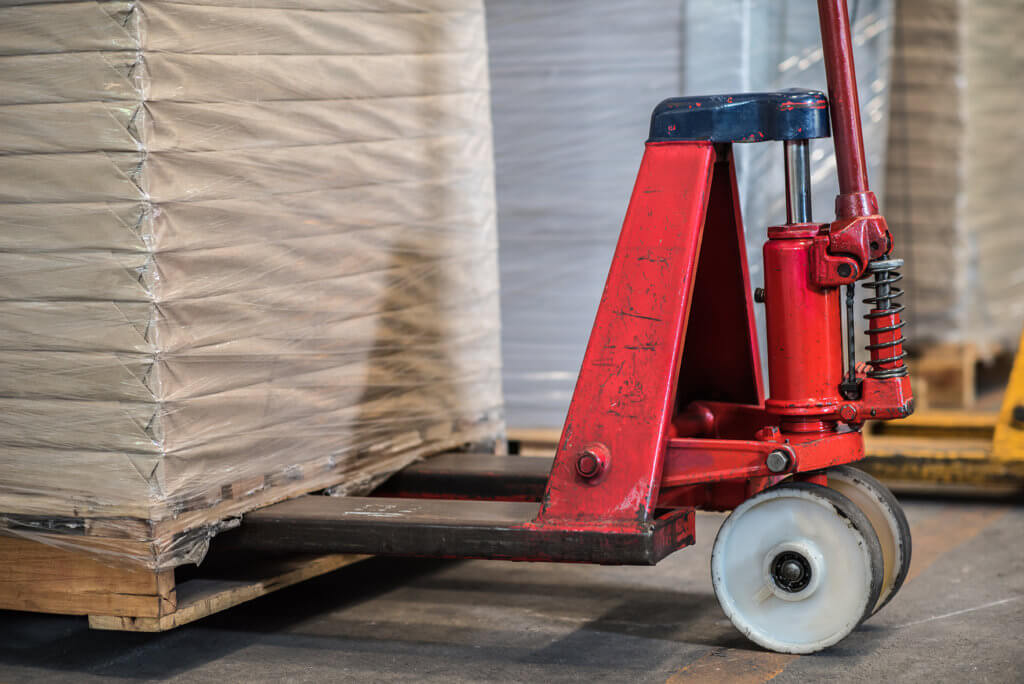Partial vs. LTL Freight: Which One Should You Choose?

Join Our
Trusted Network
Help protect your business with the load board you can rely on.
In a perfect world, you want a full trailer of cargo, whether driving state to state or coast to coast. But oftentimes, the freight brokers and shippers you work with might not need 100% of your trailer space for their shipments. Instead, they might opt for either partial truckload (PTL) or less than truckload (LTL) freight shipments.
PTL and LTL both mean a less-than-full trailer, which could, in theory, reduce your profits. However, there are upsides to both of these shipping designations. Understanding their differences and their benefits can help you provide better service to your customers while understanding rates and pricing.
What is the difference between a partial truckload and LTL freight?
LTL fills your truck with different shipments from different companies headed to the same destination or hub. At that hub, you might hand the cargo off to another trucker.
On the other hand, partial truckload shipping is considered a hybrid between LTL and a full truckload. It’s used for freight that weighs between 5,000 pounds and 38,000 pounds and is packaged on between six and 20 pallets or skids. PTL shipping has specific prerequisites, and you’ll likely have a straight shot from origin to destination. PTL carriers rarely stop at hubs or terminals.
Here are some other differences between these shipping methods:
- Volume LTL shipments require freight class designations. Partial shipments do not.
- LTL rate quotes come from published carrier rates, whereas partial truckload prices are market-driven.
- As a PTL, you’re required to offer freight insurance, which can be more expensive than the freight liability required by LTL.
- LTL must be crated on pallets, whereas partial truckloads do not.
With these differences in mind, let’s look at the benefits of both shipping types for carriers.
PLT vs. LTL freight: Which one should you choose?
Before deciding whether PTL or LTL is best for you, first determine your specific income and geographical goals. If you’re interested in a long-haul job, for example, you might not want many required stops at distribution centers or hubs. On the other hand, you might be interested in less time on the road, with shorter mileage. This all plays into whether you decide on PTL or LTL.
PTL freight
Benefits:
The benefits of taking on a PTL carrier role include:
A continuous journey
When you sign on for a partial truckload, you carry that cargo from origination point to destination, with few or no stops in between. This means less time spent hung up at distribution points to load and unload your cargo and more time on the road.
Fewer deadhead miles

Deadhead miles are one of the biggest issues carriers face. Deadheading means that your trailer is empty, and you’re not earning money while you drive those miles. One of the positives of hauling PLT freight is that your cargo stays with you for the full length of the trip. Plus, you can earn additional income by picking up other loads for a return trip.
More customers
Hauling PTL or partial truckload means there’s room in your trailer for more cargo from other customers. This can help you build a bigger base of reliable customers. It could generate more money than even a full truckload because you’re hauling, and charging for, multiple loads from many clients.
When to choose PTL shipping:
Shippers decide on partial truckloads for many reasons. For one thing, their cargo might not require an entire trailer. Or, they might want more efficient pricing. PTL rates aren’t set but fluctuate depending on the market. Partial truckloads are also ideal for non-fragile items. Finally, PTL cargo doesn’t require a freight class designation, making it cheaper to ship.
A PTL trip can mean more profit for carriers because you’re hauling different cargo from multiple shippers to the same place. You’re also spending less time at distribution centers and more time on the road.
LTL freight
Benefits:
LTL carriers can reap the following advantages:
More flexibility when setting rates
With less than truckload transport, you can set your own rates, unlike partial truckload rates, which are determined by the market. But similar to PTL shipping, you can earn more money because you’re hauling cargo from multiple customers to the same destination.
Safer, more secure loads

Because LTL freight requires that cargo be placed and secured on pallets before shipping, cargo is less at risk of damage. This means less risk for you. A well-packaged pallet has a better chance of staying secure than multiple, smaller handling units that might not be as well packaged.
Additional service options
You can offer certain services to your clients through the LTL process, such as inside pickup and delivery and liftgates. You can also provide better freight tracking to customers by using bill lading and shipment reference numbers.
Shorter driving distances
Because LTL shipping relies on a hub-and-spoke system (vs. point-to-point transit), you can do your job within a specific geographic region rather than having to worry about long-distance hauling. This saves on travel expenses.
When to choose LTL shipping:
Companies generally select LTL shipping to send between one and 10 pallets, weighing between 100 pounds and 10,000 pounds. LTL transport can be ideal for carriers who prefer traveling shorter distances because you’re handing off the cargo at a distribution center.
Find the best PTL and LTL rates.
Quality load boards like the ones on Truckstop can help you find the ideal PTL or LTL loads for your specific needs. A good load board delivers real-time updates and loads that are area- and rate-specific.
The upshot? There are major differences between partial truckload vs. LTL (less than truckload). Even though your truck might not be full, there are many reasons to take on LTL and PTL jobs. When done right, transporting this type of cargo can be just as lucrative, if not more, than your full truck loads.
Find LTL and PTL freight on the Truckstop Load Board. Want a tour? Book a free demo.

Find out how our platform gives you the visibility you need to get more done.
Get helpful content delivered to your inbox.
Schedule a demo.
Find out how our platform gives you the visibility you need to get more done.





